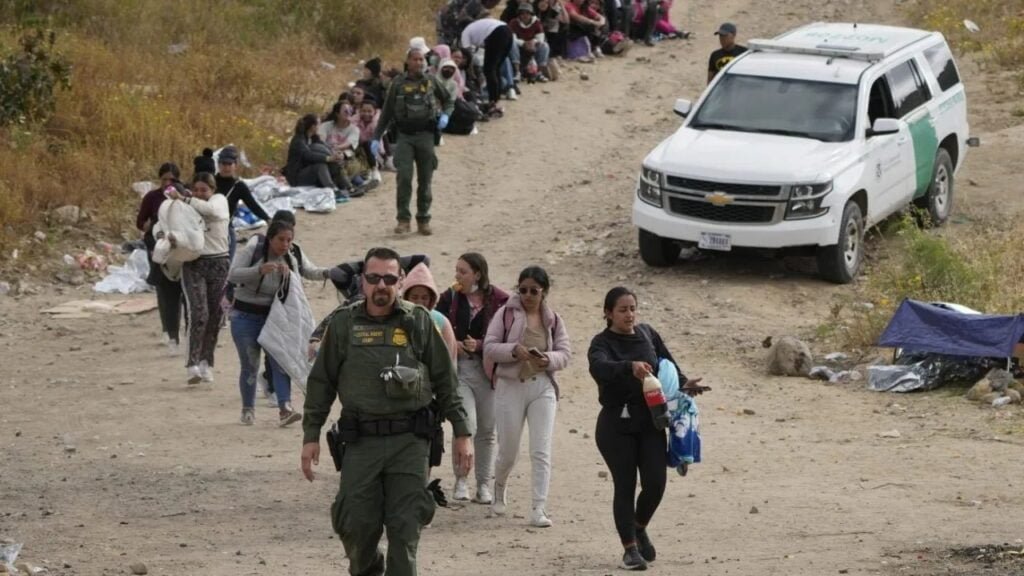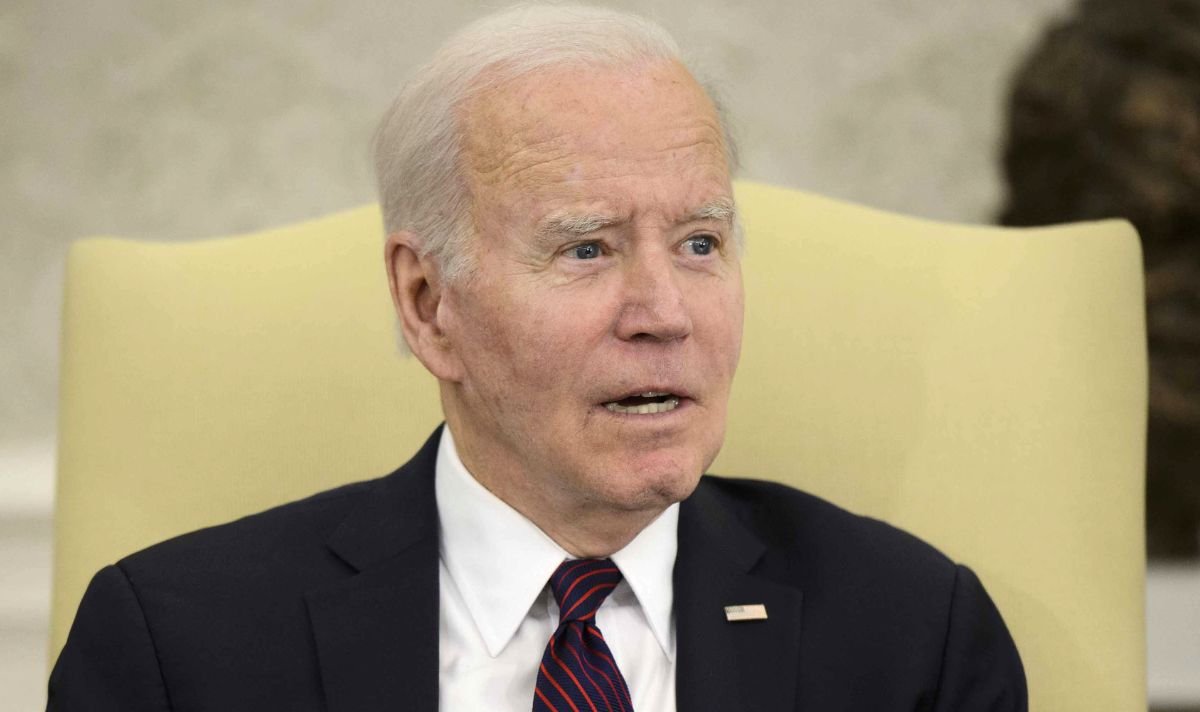As the pandemic-driven public health measure draws to an end, its ushers in a momentous era of change within US immigration policy. This development brings forth a period of unpredictability and potential turmoil, as a considerable number of migrants gather near the US-Mexico border, eagerly anticipating imminent alterations.
Amid the initial stages of the COVID-19 pandemic, the implementation of Title 42 bestowed authorities with the ability to swiftly reject migrants at the US borders, ostensibly to mitigate the spread of the novel coronavirus. However, this dynamic has undergone a striking shift as the public health emergency and its corresponding measure, Title 42, expired late Thursday.

Title 8 Is Back In Effect
By enacting Title 42, border authorities were empowered to promptly dismiss migrants encountered at the US-Mexico border, leading to restricted avenues for asylum claims and a notable reduction in border processing time. This measure had limited legal consequences for migrants who attempted multiple border crossings after being denied entry.
Now that Title 42 has expired, the US government is returning to an enduring segment of the US code known as Title 8. Homeland Security Secretary Alejandro Mayorkas has issued a warning, stating that this transition would bring about “more severe” repercussions for migrants found to be entering the country without a valid legal basis.
The Department of Homeland Security (DHS) has repeatedly emphasized that migrants captured under the jurisdiction of Title 8 face the possibility of expedited deportation, commonly known as “expedited removal,” accompanied by a ban on reentry for a minimum of five years. Also, DHS cautioned that individuals who make subsequent attempts to enter the US may be subjected to criminal prosecution.
Nonetheless, the processing time for cases governed by Title 8 tends to be considerably lengthier, presenting a notable challenge for authorities grappling with a substantial number of border apprehensions. In contrast, under Title 42, where migrants could be swiftly expelled, the average processing time hovered around 30 minutes. In the realm of Title 8, however, the process can extend beyond an hour.
The asylum-seeking process under Title 8 is characterized by its time-intensive nature, initiating with a crucial credible-fear screening overseen by asylum officers. Following this screening, migrants’ cases navigate through the immigration court system. Title 8 has consistently operated alongside Title 42 since its introduction during the Covid-19 pandemic.
According to data from the US Customs and Border Protection, more than 1.15 million individuals were apprehended under Title 8 at the southern border during the fiscal year 2022. In that same period, over 1.08 million people were expelled under Title 42 at the southern land border.
There’s Now A New Border Policy
In the wake of Title 42’s expiration, the administration is introducing a series of new and rigorous policy measures that will come into effect this week. One notable measure is the implementation of a fresh asylum rule designed to significantly curtail the ability of migrants who have traveled through another country from seeking asylum in the United States. This rule, proposed earlier this year, establishes a presumption that migrants are not eligible for asylum if they did not seek refuge in a country they transited through, such as Mexico, prior to arriving at the US border.
Officials have clarified that migrants who secure an appointment through the CBP One app will be exempt from this rule. In the event that migrants are deemed ineligible for asylum, they could face the expedited removal process, which entails swift deportation and a subsequent ban on reentry to the United States for a period of five years. Furthermore, the administration has outlined its intention to enforce a policy that involves returning individuals from Cuba, Venezuela, Haiti, and Nicaragua to Mexico if they unlawfully cross the border.
This represents a significant departure, as it marks the first time non-Mexican nationals would be subjected to such a measure. Senior administration officials have stressed the importance of these actions in incentivizing individuals to pursue legal pathways when seeking entry into the United States. As part of this effort, parole programs will be introduced to allow eligible nationals to apply for the entry, and the expansion of a dedicated app will enable migrants to conveniently schedule appointments for presenting themselves at a port of entry.
To enhance the processing of migrants, the State Department plans to establish around 100 regional processing centers in the Western Hemisphere. These centers will serve as locations where migrants can apply to come to the United States. However, specific details regarding the timeline for the establishment of these centers have not been made clear at this time.
- Travel Hotel Manager Reveals Terrifying Reason You Should Never Use The Toiletries
- Brittney Griner To Miss Two WNBA Games To Focus On Mental Health
- Moment Cardi B Tosses Mic As Concertgoer Throws Drink At Her On Stage
- Messi Confirms He’s Going To MLS Club Inter Miami
- Prince Harry Says Rumors About James Hewitt As His Biological Father Is To Oust Him From The Royal

